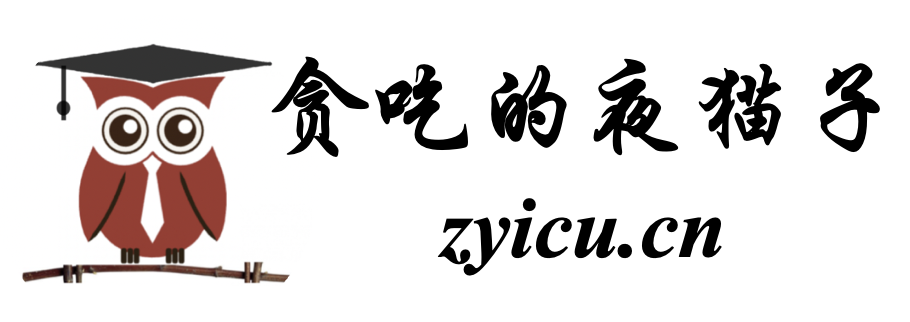解析:This patient has thyroid storm(甲亢危象). While diagnostic criteria remain controversial(有争论), her history of Graves diseases, combined with the clinical features, is strongly suggestive, and treatment should be initiated(开始) immediately, even before laboratory results are available.Treatment involves several components:
1) Inhibition of new hormone synthesis(抑制新的激素形成) with propylthiouracil (PTUs) or imidazoles (methimazole and carbimazole)(甲基咪唑和咔唑). PTU blocks the enzyme thyroidal peroxidase(甲状腺过氧化物酶) to inhibit thyroid hormone synthesis. It is generally preferred over methimazole(甲巯基咪唑) because it also inhibits the peripheral conversion of thyroxine(甲状腺素) to triiodothyronine(三碘甲状腺素). The dosage of PTU is a 500-1000 mg loading dose(负荷剂量), followed by 250 mg every four hours. Methimazole is dosed 60-80 mg/day in divided doses.
2) Blockade of release with iodine or lithium(锂). Blocking release of thyroid hormone is best accomplished with iodine, but lithium can be used in iodine-allergic(过敏) patients. It is important not to administer iodine until after the synthetic pathways have been blocked with PTU (at least 30 minutes); otherwise administration of iodine might cause more thyroid hormone to be formed. Options B, C, and D each have iodine being given before PTU, which make them incorrect.
3) Inhibition of peripheral effects with beta-adrenergic agents. Propranolol is the preferred treatment to block peripheral effects of thyroid hormone because of its nonselective effects and the additional benefit of inhibiting peripheral conversion of thyroxine to triiodothyronine. If a contraindication(禁忌症) to propranolol exists (eg, asthma(哮喘), congestive heart failure), then an agent such as diltiazem(地尔硫卓) could be considered. Furthermore, possible inciting events should be addressed (eg, infection, diabetic ketoacidosis, trauma, etc.). Administration of glucocorticoids(糖皮质激素) is recommended because thyroid storm can precipitate adrenal crisis(肾上腺素危象) (relative adrenal insufficiency肾上腺素皮质功能不全), with similar dosing regimens. Dexamethasone(地塞米松) may be preferred, since it also blocks the peripheral conversion of thyroxine to triiodothyronine. Antipyretics(退热药) and external cooling methods may be considered, but salicylates(水杨酸盐) should be avoided because they may increase free hormone levels. Most patients will benefit from IV fluids to replace significant volume loss from hyperthermia(高热) and gastrointestinal losses(胃肠道丢失).
4) Inhibition of enterohepatic circulation(肝肠循环) of thyroid hormone, which is metabolized in the liver where it is conjugated to glucuronides(葡萄糖醛酸苷) and sulfates(硫酸盐) and excreted into the intestine in bile(胆汁), while unconjugated free hormones are reabsorbed into circulation. Cholestyramine(消胆胺), by binding conjugated products, promotes their excretion, thereby lowering thyroid hormone levels. The recommended dose is 1-4 g twice daily.
Reference: Asare K. Diagnosis and treatment of adrenal insufficiency in the critically ill patient. Pharmacotherapy. 2007 Nov;27(11):1512-1528.
原创文章(本站视频密码:66668888),作者:xujunzju,如若转载,请注明出处:https://zyicu.cn/?p=2392

 微信扫一扫
微信扫一扫  支付宝扫一扫
支付宝扫一扫 